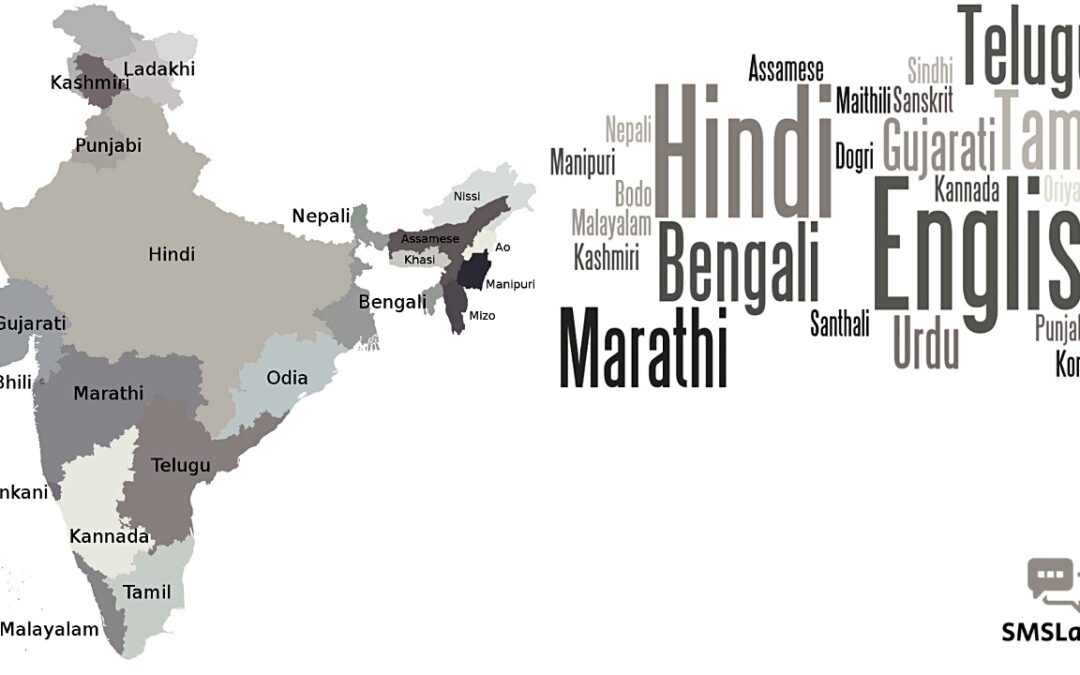In today’s globalized world, language plays a crucial role in communicating and connecting people. Education is no exception to this phenomenon, and regional language publication is becoming an increasingly important aspect of education. In India, there are more than 22 officially recognized regional languages, and each of them has a rich history and culture that needs to be preserved and promoted. Regional language publication is an effective way of doing so, as it can help to promote education and literacy, preserve cultural heritage, and create employment opportunities. Till now you must have understood the context of the blog. In this write-up, we are going to critically examine the role of regional language publication in the educational sector.
Several Changes Regional Language Publication can bring in the Education
To Improve Literacy Rate
Education is one of the most critical areas where regional language publications can play a vital role. Regional languages are the primary languages spoken by a vast majority of the population in India, and thus, it is imperative to create educational material in these languages. This is particularly important in rural areas, where many people may not be fluent in Hindi or English, the two most widely spoken languages in India. Regional language publications can help to bridge the gap between rural and urban areas and ensure that everyone has access to quality education.
Moreover, regional language publications can help to improve literacy rates, particularly in areas where people do not speak Hindi or English. The literacy rate in India is still low, and according to the 2011 census, it was 74.04%. Regional language publications can help to increase this rate by providing educational materials in the local language. When people can learn in their mother tongue, they are more likely to understand the subject matter, and this can lead to better retention and comprehension.
Preserving Culture through the Means of Education
Regional language publications can also play a critical role in preserving cultural heritage. India is a diverse country with various cultures and traditions. Each region has its unique customs, festivals, and traditions. Regional language publications can help to promote these cultural practices and ensure that they are not lost with time. For instance, books, magazines, and newspapers that discuss local customs and traditions can help to create awareness and preserve them for future generations.
Promoting Regional Literature
In addition to this, regional language publications can help to promote regional literature and language. India has a rich literary history, with many great works in regional languages that have not received the recognition they deserve. Through regional language publications, these works can be promoted and preserved, allowing people to understand and appreciate the literature of their region. This can also help to preserve regional languages, which are under threat of extinction due to the dominance of Hindi and English.
Rise in Employment
Another crucial aspect of regional language publications is that they can create employment opportunities. In many cases, the lack of educational materials in regional languages is due to the absence of publishers and writers. Regional language publications can create job opportunities for people who are proficient in these languages, thus helping to boost the local economy. This can also help to reduce the migration of people from rural to urban areas in search of employment opportunities.
Challenges that need to be overlooked
Despite the numerous advantages of regional language publications, there are some challenges that need to be addressed. One of the most significant challenges is the lack of quality content. In many cases, the content is not up to the mark, and this can discourage people from reading and learning. It is essential to ensure that the quality of content is high and that it is relevant to the needs of the target audience.
Another challenge is the lack of infrastructure and funding. Regional language publications require significant investments in terms of infrastructure, technology, and manpower. Many small publishers and writers do not have the resources to invest in these areas, making it difficult to produce quality publications. Therefore, there is a need for government support and funding to encourage the growth of regional language publications.
Regional language publications not only serve as a tool for imparting knowledge but also help to preserve the linguistic heritage of the region. In many cases, regional languages are in danger of being lost due to the dominance of global languages. By promoting the use of regional languages in education, these publications help to keep them alive for future generations.
Moreover, regional language publications can also aid in the development of critical thinking and problem-solving skills among students. By presenting content in a language that students are more comfortable with, they can better understand and engage with the material, leading to a more profound and meaningful learning experience.
